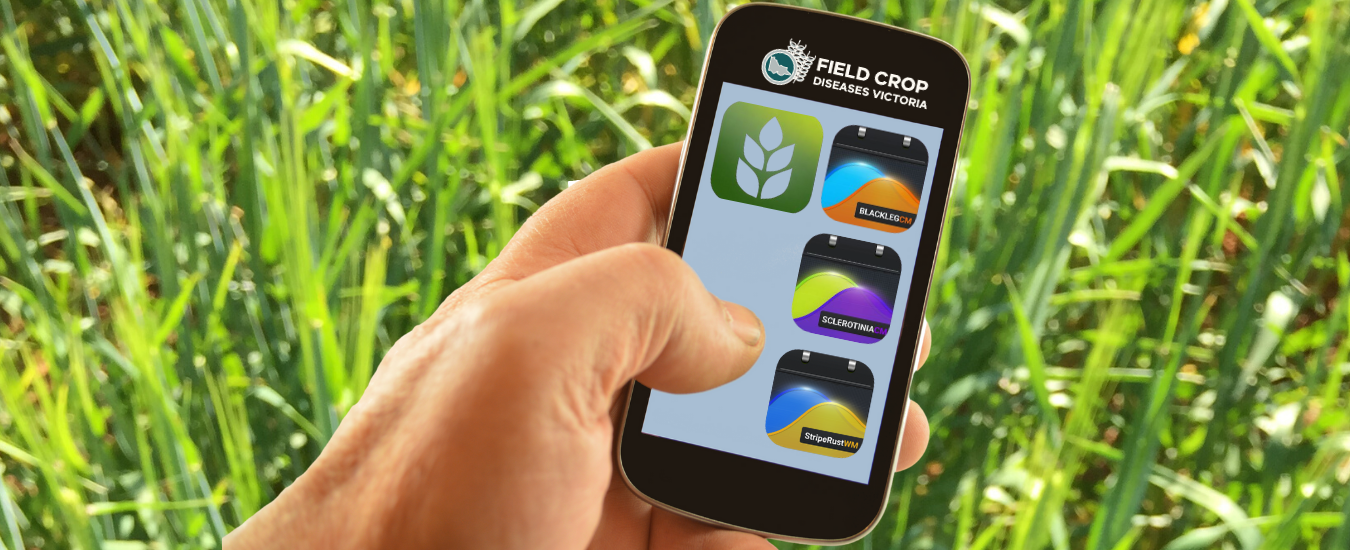A range of smartphone and tablet apps and online tools, developed in conjunction with Australian plant pathologists and grains researchers, are helping Victorian farmers to identify crop diseases and construct appropriate management plans with just the push of a button.
With smartphone and tablet adoption by farmers now exceeding that of the general population, more and more growers are actively seeking electronic tools and technologies that are both useful and user-friendly.
Below is a selection of some useful tools for disease management in Victoria.
- Crop Disease Au
- StripeRustWM
- SclerotiniaCM
- BlacklegCM
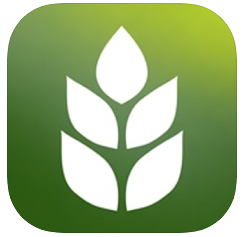 Crop Disease Au
Crop Disease Au
The Crop Disease Au app was developed by the Australian National Variety Trials program (NVT) and funded by the Grains Research and Development Corporation (GRDC) and is available on both phones and tablets.
It compares disease symptoms with photographs and accesses detailed descriptions of each disease with management controls. It also allows you to explore detailed information on crop varieties, map diseases, and automatically share photographs with friends or colleagues via email.
With live feeds from the Australian National Variety Trials (NVT) database, variety information will always be up to date, and information on newly released varieties will become instantly available upon their release.

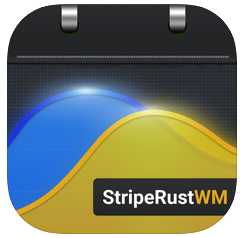 StripeRust WM
StripeRust WM
The StripeRustWM app is available on tablets only and assists users to make informed management decisions about stripe rust management in Australian wheat crops. StripeRustWM draws on several years of field trials and observations, as well as experimental data and expert knowledge from researchers and agronomists to forecast the likely result and economic return of spraying for this problematic disease. StripeRustWM takes account of costs, yield benefits, grain price, and seasonal conditions to give best case, worst case and most likely estimates of financial return from a fungicide application.
Stripe rust is a difficult disease to predict, and the app takes into account that it is highly influenced by seasonal conditions. StripeRustWM will give growers and consultants more confidence in decisions about whether to invest in spraying for the disease. The App is to be continually updated to reflect new experimental results as they become available.
StripeRustWM does not account for all factors that can affect stripe rust disease, so the information provided by this tool should be considered as a guide to possible outcomes.

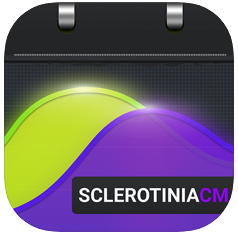 SclerotiniaCM
SclerotiniaCM
The SclerotiniaCM app is a tablet-based app and was developed by the Disease epidemiology and management tools for Australian grain growers project led by the Western Australian Department of Primary Industries and Regional Development (DPIRD) and co-invested by GRDC.
Sclerotinia is a difficult disease to manage in canola as spray decisions are best made before the disease visibly develops in crop. The disease has three trigger points that require the weather being conducive:
1) Sclerotia to germinate to form apothecia;
2) Petal infection; and
3) Crop infection when petals drop into the canopy.
Sometimes disease does not eventuate because of dry weather during any of these three stages.
Currently, growers apply fungicide to control Sclerotinia in canola crops based on previous disease severity in a paddock and current weather conditions. Advisers want more guidance on fungicide application decision making. The development of SclerotiniaCM aims to help with spray decisions to manage Sclerotinia stem rot of canola. SclerotiniaCM will provide evidence-based information that estimates returns from spraying for individual paddocks.
The app will support users to make the most profitable decisions about fungicide use to manage Sclerotinia stem rot in canola, taking into account costs, yield benefits, grain price, and seasonal conditions to give you best case, worst case and most likely estimates of financial return. It is designed for quick and efficient use with clients in the field and produces results that are tailored for individual paddocks and generates email reports right from the field.

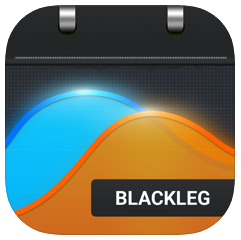 BlacklegCM
BlacklegCM
The BlacklegCM app, was launched at the GRDC Perth Research Updates, in February 2018. It was developed by the National pathogen modeling project led by DPIRD and co-invested by GRDC.
Blackleg stem canker is a serious disease of canola across Australia. The best approach to manage blackleg in any situation depends on many factors including variety choice, yield potential, proximity to canola stubble from previous years, and several fungicide options. All of these factors have implications for costs and returns.
Although the current Blackleg Management Guide provides much useful information, it has some limitations in its current paper form. It is difficult to consider complex interactions. Consequently, there has been a need to develop a management tool that can provide disease forecasting based on the management principles proposed by the manager of an individual paddock.
BlacklegCM is designed to determine the best and most profitable management strategy to reduce blackleg disease and increase profits, accounting for the major factors that influence blackleg severity. The user can specify factors relating to paddock selection, seasonal conditions, prices, and management options so that the output relates to their cropping circumstance. Therefore, the user can explore their options for disease control and understand the relative importance of each factor.
Below you can see Steve Marcroft, Marcroft Grains Pathology, explain the value of the BlacklegCM app and how you can use it to compare management strategies for your canola crop.


